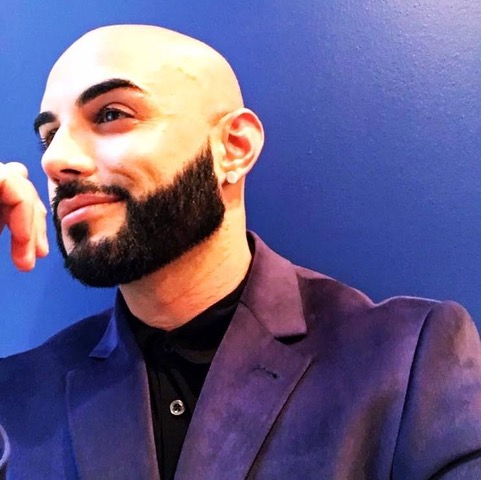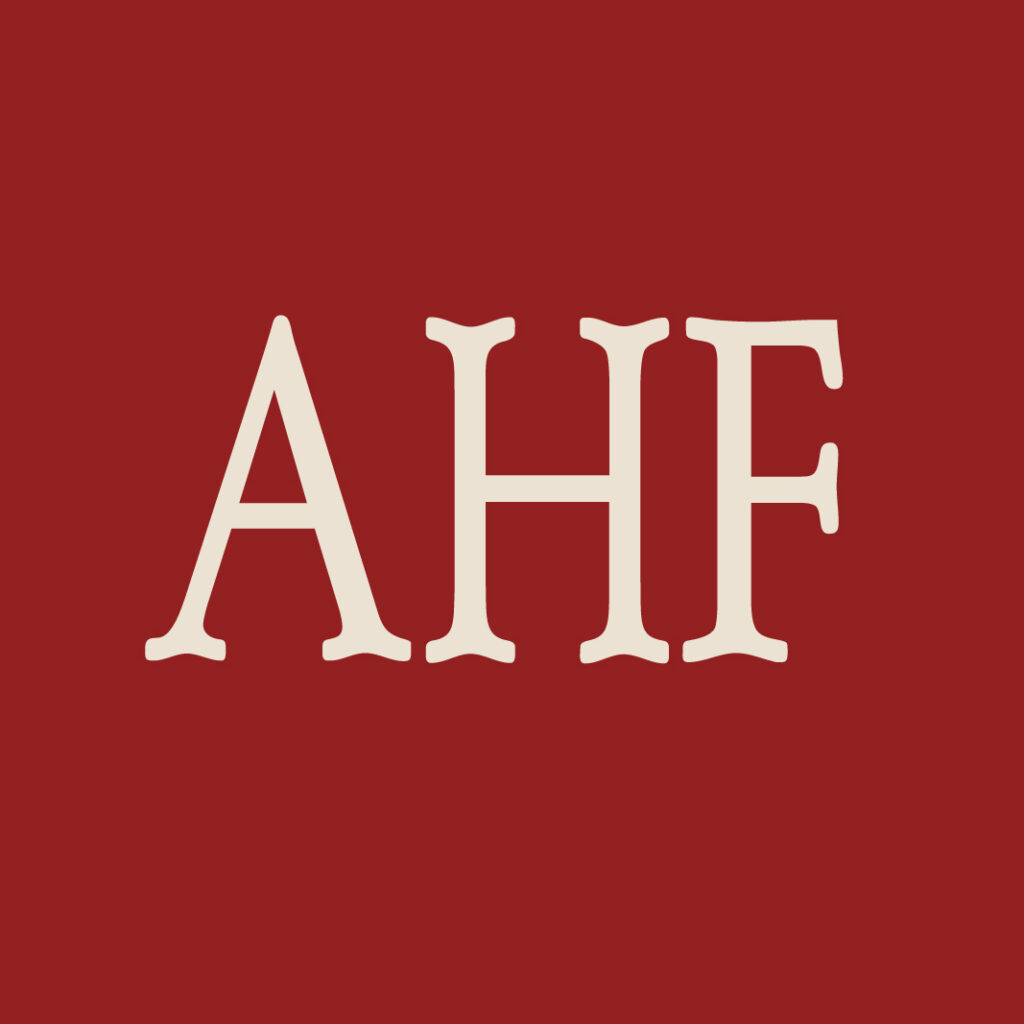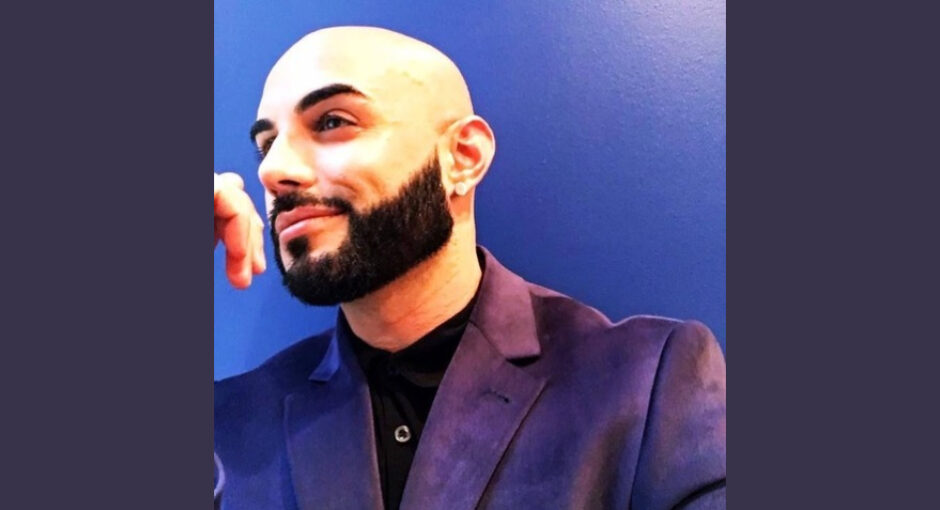SPONSORED CONTENT
The 340B drug pricing program allows covered entities serving vulnerable patient populations to buy medications at a discount. Since 1987, AIDS Healthcare Foundation has been on the frontline of the HIV response in the United States. AHF cares for patients regardless of their ability to pay. For AHF, 340B savings offset the costs of the critical services it provides to people living with HIV.
The 340B program transforms the healthcare landscape by leveling the playing field so providers can more effectively serve vulnerable communities. When individuals have access to affordable healthcare, they are more likely to seek necessary treatment and preventive services.
We will explore some key aspects of the 340B program with AHF Assistant Director of Prevention Jomil Luna. As a steadfast supporter of the 340B program, Jomil is a passionate public health and LGBTQ advocate in the New York community. He received his Master’s in Public Health from Rutgers University, where he worked as Assistant Director of Prevention in the Bronx and Director of the Latino Pride Center in Manhattan.
As someone who is Latino and living with HIV, Jomil is an active member of the New York City HIV Planning Group. Through tireless efforts, Jomil has mobilized the community around several pressing issues such as HIV testing, PrEP (Pre-Exposure Prophylaxis), PEP (Post-Exposure Prophylaxis) linkage to care, and treatment. Jomil is proud to lend his voice and share his unique story to educate, advocate, and create a brighter, healthier future for all.
1. What do you think of when you hear 340B?
Jomil: I think that 340B is essential to the healthcare safety net. It’s a great program that financially supports comprehensive care to those who would otherwise go without it.
2. What type of services have you experienced from 340B?
Jomil: 340B supported my journey with complimentary transportation services, insurance navigation, and medication assistance. I was fortunate to receive counseling and affordable medications that have kept me healthy.
3. How did you become involved with the 340B program?
Jomil: During my time as a patient with the AIDS Healthcare Foundation, I was introduced to 340B, and I got to see firsthand how our nation’s most vulnerable patients benefit from this program. As an employee of AHF, I was in a unique position as someone who could benefit from 340B and apply the program’s benefits to our patients. I educated myself about 340B and have spoken on panels, shared my story about the program, attended rallies, and worked with other AHF staff to make more strides to protect and save 340B.
4. Please explain what 340B is for.
Jomil: I live with HIV. I know 340B supports people like me who get care from Ryan White HIV clinics. These clinics are on the frontlines of providing healthcare services to underserved patients, and communities. 340B pays for services for people living with HIV that keep them retained in care. Such as, adherence counseling, nutritional support, and case management. 340B creates a multi-touch model of care for Ryan White patients. The result is over 85% of people living with HIV getting care from a Ryan White clinic achieve viral suppression. Once someone achieves viral suppression then they cannot transmit through sex. That means undetectable means untransmissable, U=U.
5. How does the Affordable Care Act work with 340B?
Jomil: In 2010, when Congress enacted the Affordable Care Act, it expanded the number of non-profits that would qualify for the program including rural hospitals and free-standing cancer centers that serve high percentage of low-income patients. Congress also offered Medicaid expansion to the states, giving drug companies a new, lucrative market of paying customers to sell their drugs. The ACA and 340B are connected because safety net providers can widen their reach, serving larger numbers of uninsured or underinsured vulnerable patients.
6. What were your motivations for supporting 340B?
Jomil: On a personal note, I want to advocate more for people like myself living with HIV because I know firsthand the challenges and stigma associated with living with HIV. I know how helpful 340B can be with healthcare navigation, the AIDS Drug Assistance Program (ADAP), insurance, transportation, and other healthcare coordination. I have also seen how organizations can provide a more comprehensive one-stop-shop due to this program, which can ease some of the stressors for patients with other life issues, such as housing instability, food insecurity, and health insurance. I know that overall health can be improved when patients have resources and are less overwhelmed and stressed.
7. What is your response if someone says that the 340B program lacks transparency?
Jomil: The 340B program is very transparent. 340B providers serve low-income and medically vulnerable patients. The 340B program’s drug discounts provide safety-net providers with additional financial resources to deliver more comprehensive services to more patients. The 340B program enables the Ryan White clinics to maximize their resources to support the full HIV care continuum, from diagnosis to linkage to care to medication adherence and viral suppression.
8. Please explain how 340B drug discounts are responsible for improving care for low-income communities.
Jomil: Ryan White clinics serve at the forefront of the HIV epidemic, and they are highly successful in helping patients reduce the amount of HIV in their bodies so that they cannot transmit it. Because drug costs are reduced through 340B, Ryan White clinics can expand federal resources to their fullest extent, reaching more eligible patients and offering case management, dental, behavioral health, and housing assistance, and widespread services for people living with HIV.
9. How did you become associated with AHF?
Jomil: I first became associated with AHF as a patient living in New York, where I was unaware of the AIDS Drug Assisted Program (ADAP), a federal-state partnership to help patients afford expensive HIV therapy. During this challenging financial period, I needed to find support because I did not have the resources or health insurance. I met an AHF staff member who connected me to treatment and helped me align with a source to get me enrolled in our state ADAP and, eventually, gain access to health insurance. As I learned more about AHF, I knew I wanted to share my knowledge and experience. So I became a AHF Linkage to Care Specialist to help link others like myself into care.

Jomil Luna is assistant director of prevention at AHF. For questions, please reach out to feedback@ahf.org or for more information about AIDS Healthcare Foundation, visit www.ahf.org.




